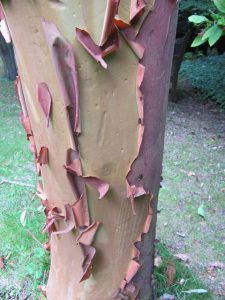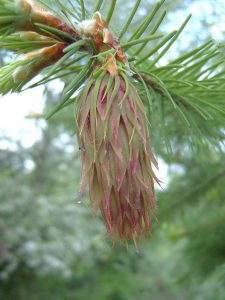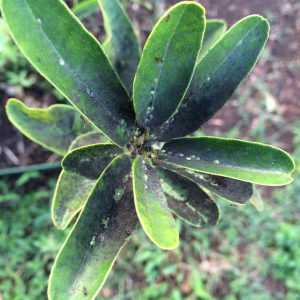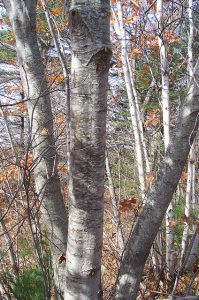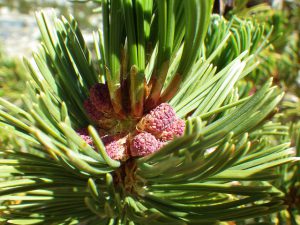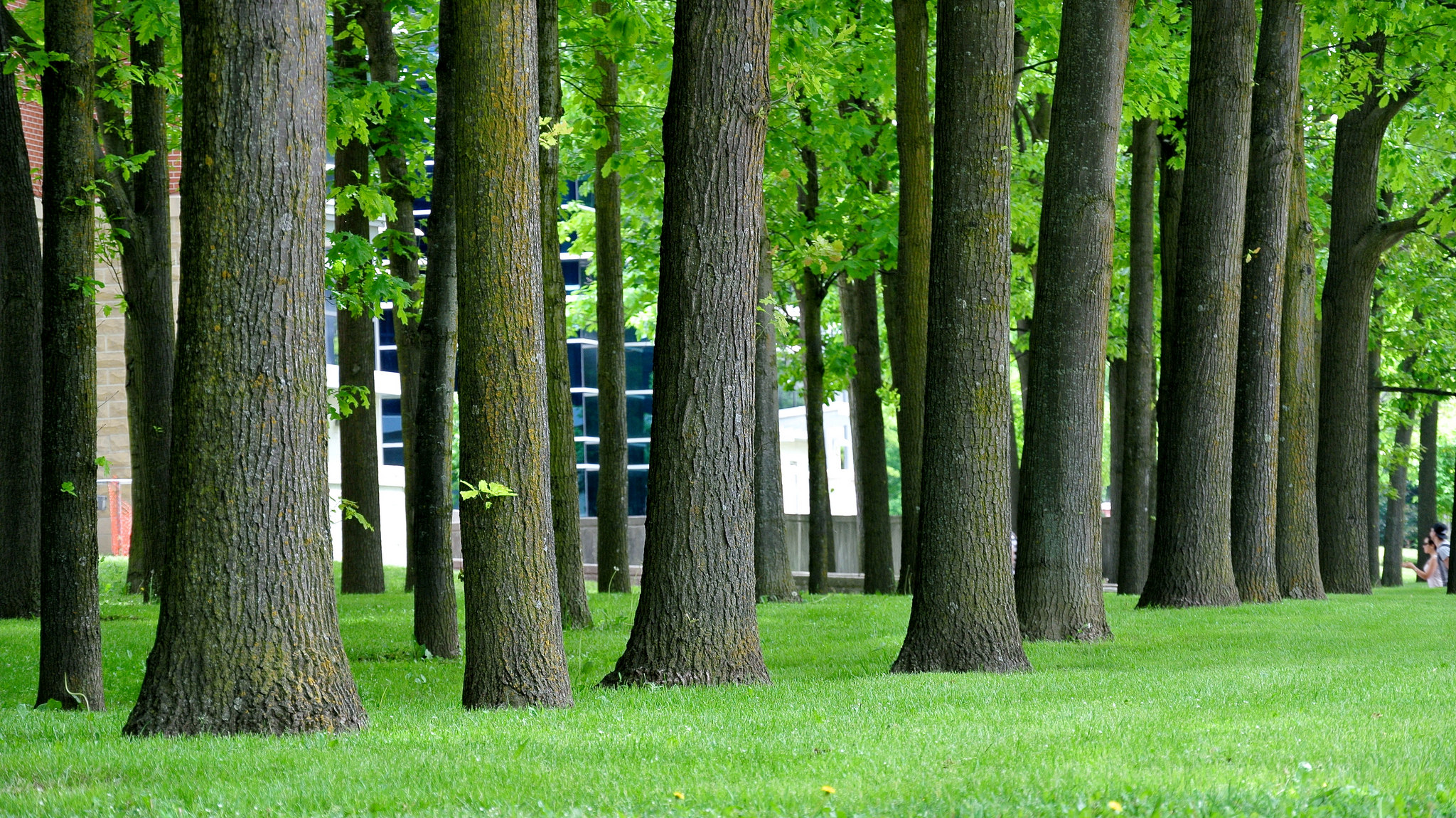
When you decide to plant a tree in your yard, or when you buy a home that has a tree in the yard, you may not realize it, but you are adding to your family. Having a tree is almost like having a pet in that you are forging an agreement to take care of it, help to make it feel better, and even understand what it needs. Unfortunately, this also means that you have to go check-ups when you think your tree isn’t performing properly.
Diseases and infections are part of tree ownership. If you don’t have your trees checked and treated, the tree can turn into an expense later on down the line and can even cause the rest of your yard to get sick. In order to know when something is wrong, you have to know what everything looks right. There are a few different things homeowners can do to check their trees, but the most important thing is to just pay attention. In Ontario, there are plenty of diseases out there, but these are the ones to pay the most attention to:
5. Sudden Oak Death
- Large clusters wilting at same time
- Start wilting from stem
- Cankers forming near the base of the tree
Anyone who has trees should fear the words “Sudden Oak Death.” They are enough to make tree loves and arborists cry because it is a problem that has killed many, many trees. This problem impacts over 100 species of trees, vines, plants, and shrubs, not just Oaks. Even worse, it can and will attack entire areas without mercy. In some states, millions of trees have been lost to the problem.
For many, it is difficult to image a weak spot on a tree, but the Sudden Oak Death Organization tells that the disease does just that – targets the weakest portion of your trees and goes from there.
While this was a problem on the West Coast, it is now moving all over North America, bringing even more problems and getting stronger as it travels. If you believe that this disease has taken up shop in your yard, get help ASAP.
4. Swiss Needle Cast
- Yellowing of the needles
- Lower branches tend to lose needles first
- Browning toward needle tip
Another tree disease Ontario faces is Swiss Needle Cast. If you have Douglas Fir trees, this is one that you definitely want to keep in mind as you inspect your trees. It is known as a case disease because it makes the needles cast away, decreasing the volume of the tree and even the size as the crown becomes smaller and smaller, according to Oregon State.
Most often, this disease comes from a fungus that attacks during the spring months. Characterized to a slow but steady death from the bottom of the tree, small black dots will first appear on the needles. It does take a while for the fungus to spread around the tree, so you should be able to spot it in time to save the tree.
3. Black Pineleaf Scale
- Needles turning dark gray or yellow
- Dropping or thinning of the needles
- Crown starts to lose volume
Another big problem facing Ontario trees is Black Pineleaf Scale. This will dramatically decrease the beauty of your tree and its aesthetic value, sometimes permanently if you allow it to go on too soon. The disease will turn the needs on your pine trees black or brown into the spring months and then they will drop. The scale feeds on the needles themselves, so you might not see any visual distress on the trunk or branches. When we have drier times of the year or it gets dusty, we are more likely to have scale issues, according to the University of Minnesota.
Once again, the Douglas Fir tree is a huge target for black pineleaf scale, but hemlock tree owners also need to pay attention. Other trees have this problem too, but it isn’t quite as bad. Once the tree has been infected, your tree will fill with multiple generations of the scale.
2. Bronze Birch Borer
- Foliage near treetops turns yellow
- D- or O- shapes holes in the bark
- Upper crown dying off
Another problem facing Ontario trees is the Bronze Birch Borer. This is an infestation that can quickly morph into a disease during the drier seasons. Targeting birch trees, this is a harrowing infestation that can lead to total failure in months. When the weather is warm, they find your trees and use up the water and nutrients for themselves. Inside your tree, they will have babies and invite friends so that everyone can get stronger.
You don’t always have to worry, the Missouri Botanical Garden says: “Generally, the most susceptible trees are those weakened by disease, age, defoliation, adverse weather conditions, or previous borer infestations. Healthy, young trees are rarely attacked.”
Trees can come back from this infestation if you can catch it early. However, the best approach is to avoid it through proper pruning techniques and taking care of your trees so that they are strong enough to fight.
1. Blister Rust
- Sudden crown death
- Lack of pine cone production
- Needles or leaves turn yellow or orange
For Ontario, one of the most terrifying diseases is Blister Rust. This is a huge problem because we do have quite a few North American White Pine trees, and that is the main target of this problems. The trees that get blister rust have high mortality rate, especially when they are exposed to a younger tree.
The disease is more common in higher elevations, per the US Forest Service, because they require a white pine and a current or gooseberry plant nearby. An even bigger problem, there are signs that this is mutating and the fungus is becoming stronger and stronger. If you have wounded trees, pay special attention because Blister Rust tends to rot the tree from inside out.
If you have any struggles with your trees, from diseases to trouble with branches breaking, contact Van Till Tree Care at your earliest convenience. Our team has professionals that understand the importance of tree care and providing you with stability for your trees. We will stand with you on the front line so that you can expect to have them for quite some time.
Everyone on our team is qualified and trained to spot diseases quickly on our trees. We can help you to treat any of these problems and get your tree back to normal. If it is too late and we can’t go back, we can help you salvage some of your tree or eliminate it so that there aren’t future problems.
Give us a call at (800) 554-3834 to schedule an appointment for one of our professionals to visit your property to look for any tree disease issues.

